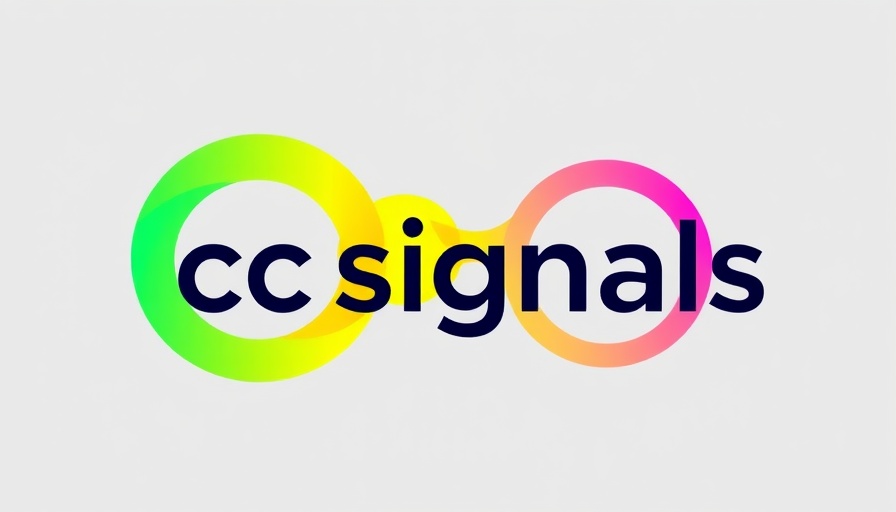
The Dawn of CC Signals: A New Era for Open AI
In a significant move aimed at fostering a more open and transparent AI ecosystem, Creative Commons has unveiled its latest initiative, CC Signals. This groundbreaking framework is designed to ease the much-discussed tensions surrounding data ownership and its use in AI development. As AI continues to burgeon, the need for clear, ethical guidelines for data usage has never been more pressing.
Balancing Openness and Innovation
Creative Commons, a nonprofit known for championing copyright in a digital age, has expressed concerns over the potential erosion of openness on the internet. As artificial intelligence systems require massive volumes of data, there’s a risk that data holders might restrict access, create paywalls, or engage in other practices that undermine the principles of open sharing, which are foundational to the internet itself. CC Signals aims to counteract these trends with a system that outlines how datasets can be reused, notably when training AI models.
Understanding CC Signals
CC Signals is not just another set of licensing rules; rather, it is a comprehensive legal and technical framework. This initiative provides dataset owners the tools necessary to define how their content can be utilized or restricted, thus allowing a more cohesive relationship between those who control data and those who employ it in AI.
Current Trends in Data Usage
Many companies are currently navigating the choppy waters of AI development and the ethics of data usage. For instance, social media platforms like X once allowed the unrestricted use of their public data by third parties for AI training but have since retracted such permissions. Reddit has taken a more proactive stance by utilizing robots.txt files to limit bots from scraping its content. In stark contrast, Creative Commons offers a solution that foregrounds ethical data sharing.
The Voices Behind CC Signals
According to Anna Tumadóttir, CEO of Creative Commons, “CC signals are designed to sustain the commons in the age of AI.” This statement underscores the organization's commitment to ensuring that as AI technologies advance, the spirit of the open internet is preserved. The initiative aims to outline an ethical path forward while promoting reciprocity among all stakeholders involved in data utilization.
The Future of Data Sharing
The establishment of CC Signals heralds an important shift towards transparency in how data serves AI. As various industries grapple with their policies on data privacy and usage, the introduction of CC Signals prompts an essential conversation about the future of information sharing in our increasingly digital world. While still in its infancy, the project’s potential to shape an open AI ecosystem is substantial.
Embracing Ethical AI Development
The call for responsible data sharing models is echoed not only in tech circles but also resonates with an informed public concerned about privacy and data security. Ensuring ethical practices in AI development may serve to establish a trust-based relationship between organizations and individuals, enabling more open collaboration while adhering to the fundamental principle of data ownership.
Engaging with the CC Community
As CC Signals progresses, it remains to be seen how the broader tech community will respond. Experts and activists alike are encouraged to engage with Creative Commons by sharing their insights and experiences which could influence the development of the CC Signals framework. A collaborative approach could very well ensure that the principles of openness in data sharing are not only maintained but strengthened in the context of AI.
 Add Row
Add Row  Add
Add 



Write A Comment